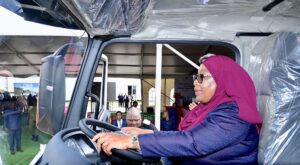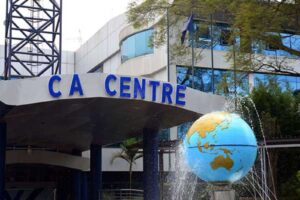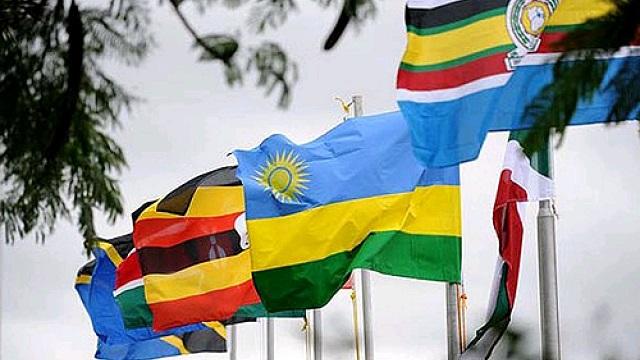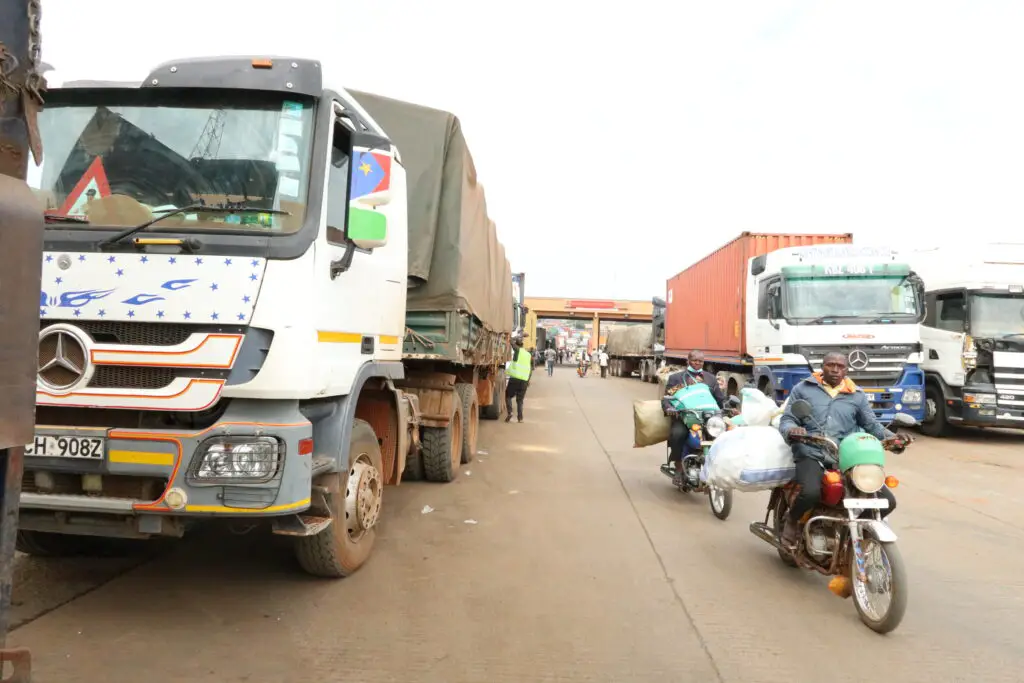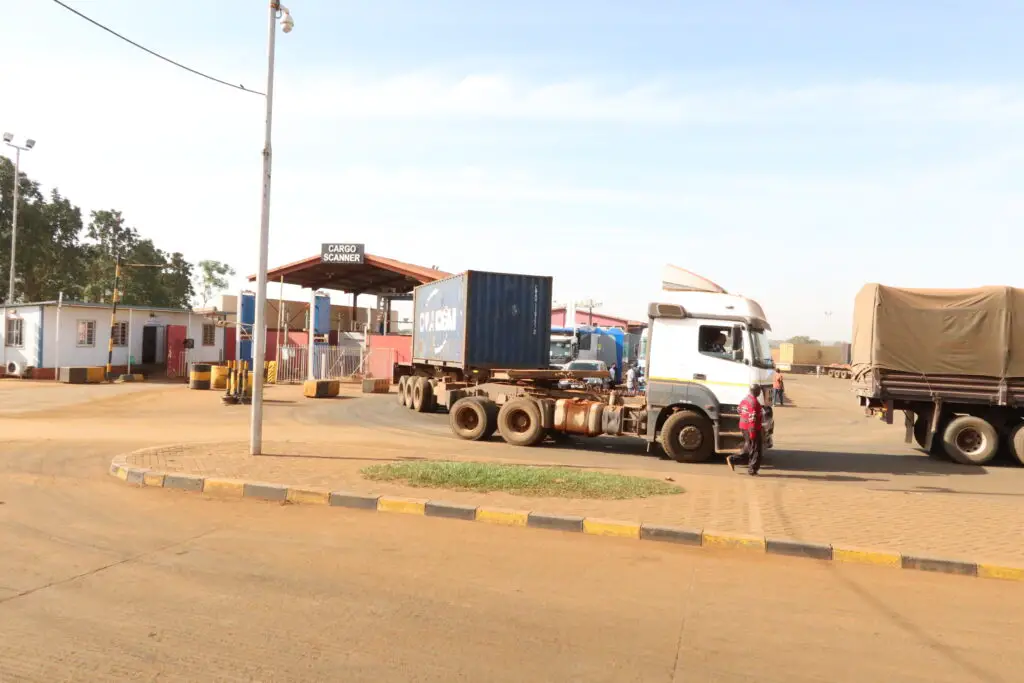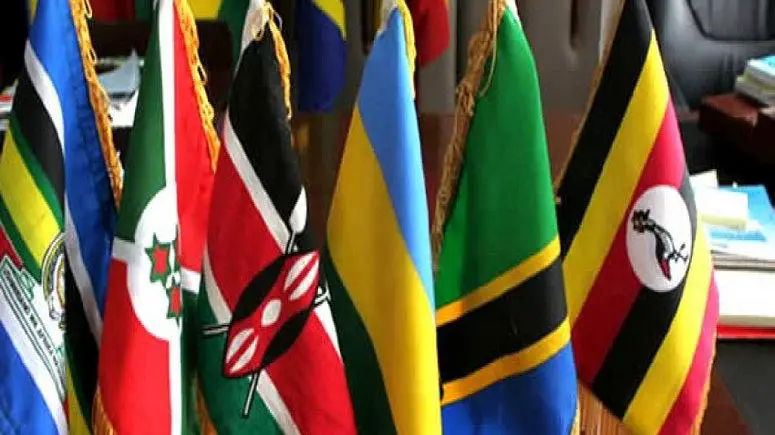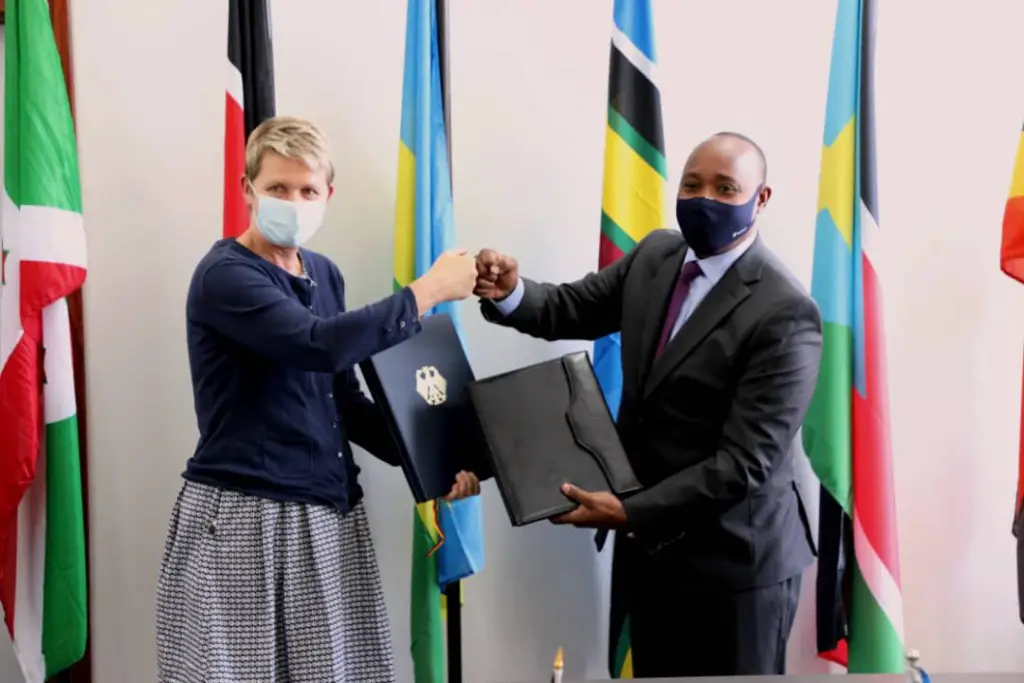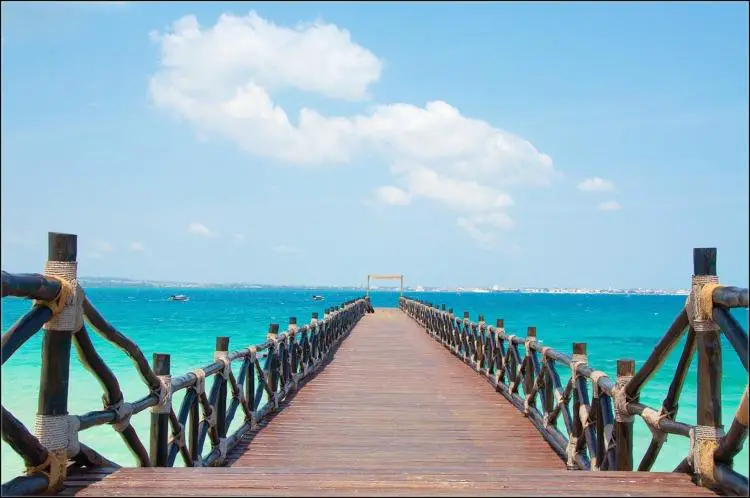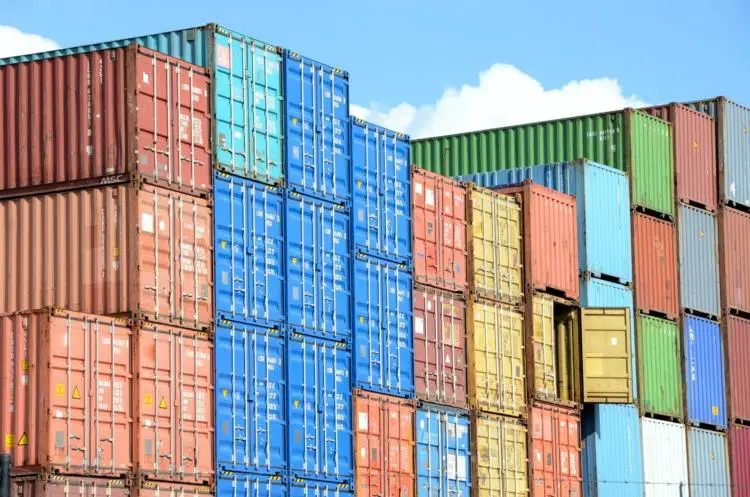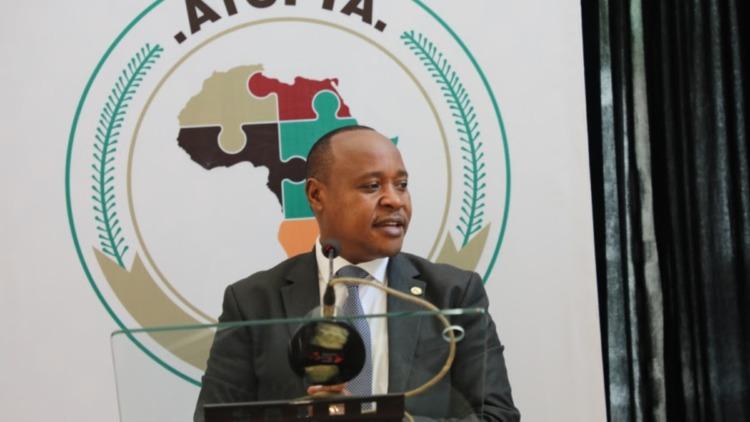- The role of financial services in achieving financial inclusion in Rwanda and beyond
- Will Tanzania’s new truck assembly plant revive old coal mines?
- Communications Authority of Kenya needs $820M for digital superhighway goals
- Youth Unemployment in Kenya: The Role of Vocational Training
- New $900,000 initiative aims to boost sustainable trade in Tanzania
- Organization of the Petroleum Exporting Countries’ (OPEC) pride in its African roots
- AIM Global Foundation pushes for stronger Gulf-Africa trade partnerships
- Investment opportunities in South Sudan’s emerging gold industry
Browsing: EAC
Constructed under the East African Community regional development project, the road is key to the much aspired regional integration and opens doors to the ports for Africa’s landlocked countries like Uganda, Rwanda and the DRC.
Owing to its importance, the African Development Bank and the Japan International Cooperation Agency (Jica) are among the project funders as well as the Tanzanian government itself through its own internal revenue.
Complete with spar roads, the highway will open up enormous economic potential of each region it passes. On the other side of the border, the Kenyan government has also begun work on the connecting 40km project Mtwapa-Kilifi Road, part of the overall 460km Malindi-Tanga-Bagamoyo East African corridor development project.…
There is a fear among the East African Chairs that such hurdles may encourage unneeded rivalry and retaliatory limitations.
During the lockdown, families were dispersed and enterprises were shut down as women cross-border traders chose to conduct business on the Tanzanian side owing to the lockdown and the 14-day quarantine requirements on the Ugandan side.
The Mutukula border clears 150-200 trucks of Tanzanian merchandise daily with a one-hour clearance period for each vehicle.…
The East African Business Council (EABC) and TradeMark East Africa (TMEA) say the unilateral bans on products, high fees by the Agriculture & Food Authority (AFA)-Kenya, trade information asymmetry and single lane road on Kenya’s side stifle business between the two East African countries.
Cross border traders decried the impounding of fish from Kenya destined for the Democratic Republic of Congo worth Ksh40 million in October 2021 by Uganda and import ban on eggs and sugarcane by Kenya.…
- The East African economic growth is projected to recover this year despite COVID-19 setback thanks to sustained public spending on infrastructure and improved performance of the agricultural sector
- The bloc’s growth is likely to reach an average of 4.1 percent this year, up from 0.4 percent posted last year
The East African economic growth is projected to recover this year despite the COVID-19 setback thanks to sustained public spending on infrastructure and improved performance of the agricultural sector.
This is according to a new report by the African Development Bank’s (AfDB) which indicates that the bloc’s growth is likely to reach an average of 4.1 percent this year, up from 0.4 percent posted last year.
In its latest economic outlook report for the region, AfDB shows that next year average growth is projected to hit 4,9 percent.
Further, the report reveals that COVID-19 containment measures and global supply and demand …
The East African Community (EAC) and Germany have signed Agreements on technical and financial cooperation worth up to USD 35 million in the areas of integrated water resource management, economic integration and pandemic preparedness.
The Ambassador of the Federal Republic of Germany to Tanzania, Regine Hess and the Secretary-General of the East African Community (EAC) Peter Mathuki signed technical and financial cooperation worth up to USD 35 million between the Government of the Federal Republic of Germany and the East African Community (EAC).
These agreements pave the way for the implementation of three new joint development projects.
The first technical cooperation project worth USD 3.8 million will be launched in January 2022 and aims at strengthening the capacities of the Lake Victoria Basin Commission (LVBC) to fulfil its mandate in the areas of Integrated Water Resource Management (IWRM).
This includes; to improve horizontal cooperation between LVBC, the water administrations …
- The region had drawn a number of important lessons from the pandemic especially in relation to the economic sectors that were hard hit such as tourism
- EAC citizens should be charged local rates while entering public tourist sites such as national parks and reserves that are distributed across the region
- EAC Partner States should also diversify their tourism products by developing other products
East African Community Partner States lost 92% of revenues in the tourism sector due to the COVID-19 pandemic, with arrivals to the region falling from 6.98 million arrivals before the pandemic to 2.25 million arrivals occasioning the losses.
EAC Secretary General Hon. (Dr.) Peter Mathuki however noted that the region was now open again for business, and urged EAC Partner States governments and other stakeholders to work together to market the region’s tourist attractions and products as part of efforts to ensure speedy recovery for the sector.…
- EAC COVID-19 Vaccination Certificate will eliminate the current high transaction costs of COVID-19 testing
- Removal of visa fees for Uganda and Kenya by South Sudan is set to ease the free movement of persons
- Buy East African, build East Africa campaign central in driving the economic recovery agenda for the EAC
The East African Community (EAC) has been urged to develop a common COVID-19 Vaccination Certificate by December to hasten the economic recovery of the EAC bloc.
This is one of the resolutions of the Round Table Meeting for Chief Executive Officers of apex national private sector associations convened by the East African Business Council, in Nairobi, Kenya.
John Bosco Kalisa, EABC CEO said the EAC COVID-19 Vaccination Certificate will enable mutual recognition and eliminates the current high transaction costs of COVID-19 testing and will boost intra-EAC trade, travel and tourism.
He also commended the high-level bilateral engagements by EAC …
- The private sector in the community has been urged to drive the buy and build East Africa initiative
- Foreign Direct Investments (FDI) in the EAC dropped by 43% to USD. 4.9 billion in 2020
- Jobs declined by 2%, wiping out the gains made in previous year
Trade between East Africa Community countries dropped by 5.5% to USD. 5.9 billion in 2020 due to COVID-19 while exports from the bloc to the world hit 16.2 billion in 2020 a 3% boost in comparison to 2019.
This is according to the East Africa Business Council CEO John Bosco Kalisa who urged the private sector in the community to drive the buy East African, build East Africa narrative.
He added that the campaign is central in driving the economic recovery agenda for the EAC bloc amid COVID-19 pandemic.
He spoke during a webinar on EAC Trade & Investment Recovery amidst COVID-19 organized by …
The AfCFTA is the largest trade agreement, by composition of countries enjoined, since the formation of the World Trade Organization. Currently, 54 out of the 55 African countries have signed the AfCFTA, with 41 having ratified it.
The agreement is set to ultimately open up the African market to trade freely, will boost intra-African trade and trigger structural transformation with the goal of reducing poverty.…
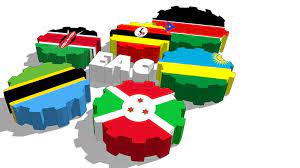
The East African Community (EAC) was formed to build socio-economic integration for East African countries. As a result, member states have entered into an agreement to, among other things, remove tariffs and trade barriers like levies and taxes to ease the movement of goods through their borders.
This sounds like a noble plan—an aspiration of partners—but let us look closer. From taxed Ugandan milk to railway lines and oil pipelines along with cargo routes, these six countries are vying for control for a better economic deal, and they are starting to look more like rivals than partners.
Uganda has recently conducted an ‘a trial run’ to transport its petroleum products via the Port of Dar es Salaam in Tanzania, a move that is seen as preparation towards the planned end to its customary use of the Port of Mombasa in Kenya.
Not to mention that Kenya has already invested over …

